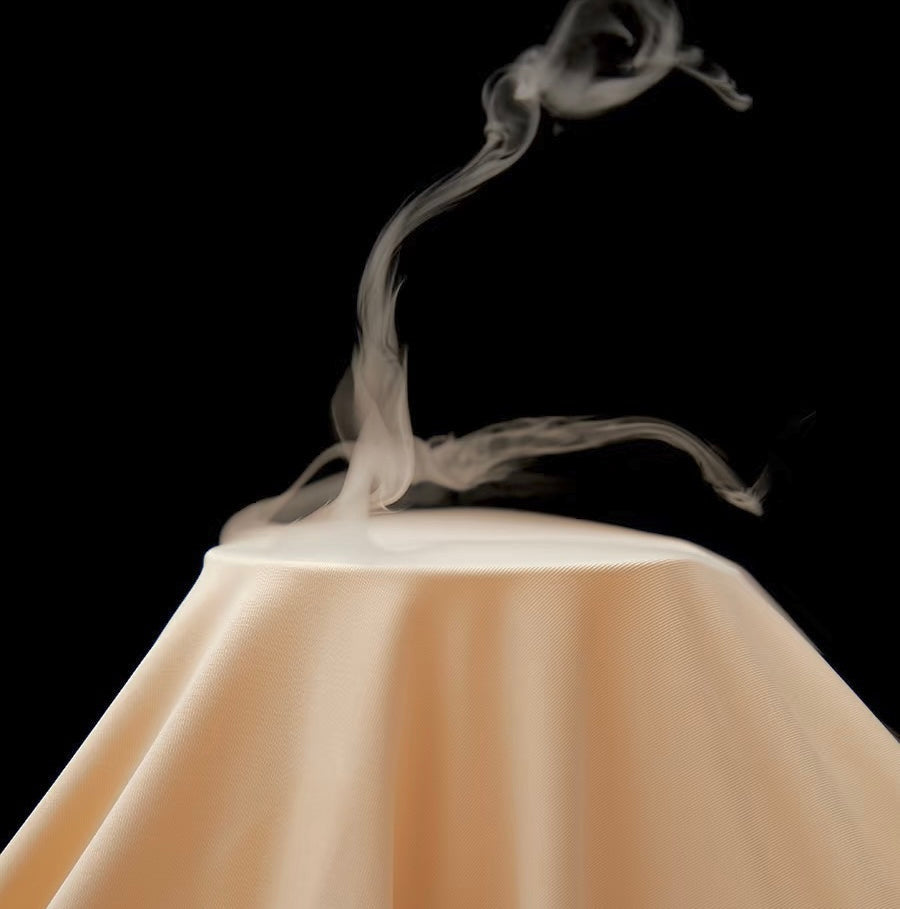
What Makes Modal Fabric the Top Choice for Soft and Stretchy Clothing?
What Is Modal Fabric? A Complete Guide to This Soft, Silky Material
When it comes to modern fabrics that offer both performance and luxury, Modal fabric stands out for its silky touch, high absorbency, and impressive elasticity. But what exactly is Modal fabric, and why has it become a go-to textile for everything from everyday T-shirts to premium loungewear?
What Is Modal Fabric?
Modal is a type of semi-synthetic rayon made from beech tree pulp, primarily produced through the viscose process. Originally developed in Japan in the 1950s, it has gained global popularity for its eco-friendlier profile and uniquely luxurious feel.
Unlike fully synthetic fibers like polyester or nylon, Modal is considered a regenerated cellulose fiber, which means it's derived from natural sources but manufactured with chemical processing.

Key Characteristics That Distinguish Modal Fabric
1. Ultra-Soft and Smooth Surface
Modal is celebrated for its incredibly soft and silky feel, often compared to silk or satin. This smoothness comes from its fine molecular structure, which creates a tighter weave with fewer loose ends on the surface.
Interested in silk-like fibers? Check out our Mulberry Silk guide.
2. Exceptional Elasticity
While Modal itself doesn’t contain spandex, its natural stretch and shape retention is notable. This is due to the aligned and long polymer chains formed during the spinning process. When blended with elastane or Lycra, the stretch and recovery properties are even more pronounced.
3. Cool Touch Sensation — Real or Illusion?
Modal is often described as having a "cool to the touch" feeling. This isn’t just a sensory illusion—it comes from its smooth, dense surface, which allows heat to dissipate quickly, making it feel refreshing against the skin.
4. Superior Moisture Absorption
Modal absorbs up to 50% more water than cotton, making it an excellent choice for activewear or hot climates. Its moisture-wicking capability keeps the wearer dry and comfortable for longer periods.
5. High Color Retention and Dye Affinity
Modal takes dye exceptionally well due to its high fiber porosity, resulting in vibrant colors that resist fading even after multiple washes.
Common Drawbacks of Modal Fabric
Despite its many advantages, Modal does come with a few caveats:
- Pilling: It can pill over time, especially in high-friction areas.
- Durability: Modal is less durable than polyester or nylon, particularly in abrasive conditions.
- Cost: Typically more expensive than cotton due to the specialized production process.
How to Improve These Limitations
To counter these issues:
- Blending Modal with stronger fibers like polyester or cotton can increase durability.
- Anti-pilling treatments during dyeing and finishing can reduce surface fuzz.
- Tighter weaves can also help preserve fabric strength.
Modal in Blended Fabrics: Ratios and Performance
Modal is frequently used in blended fabrics, commonly with:
- Cotton: To add softness and absorbency
- Spandex/Lycra: For extra stretch
- Polyester: To enhance durability and reduce cost
Typical Blend Ratios
- 10–20% Modal: Adds a touch of softness without significantly changing the hand-feel
- 40–50% Modal: Noticeably enhances drape, moisture control, and surface smoothness
- 70–100% Modal: Maximum softness and fluidity, ideal for intimate wear or luxury basics
Is Modal Fabric Durable?
Modal is moderately durable—more so than standard rayon, but not as strong as synthetic fibers. When blended properly or treated post-production, its durability increases substantially. However, it is not ideal for rugged use.
Does Modal Fabric Pill Easily?
Pilling can be a concern, especially in high-friction zones like underarms or thighs. Using long-staple Modal yarns and combed finishes can reduce pilling considerably.
Dyeing and Finishing Modal: What You Need to Know
Modal’s high absorbency makes it ideal for reactive and direct dyes, which bond well with the cellulose structure. However, it’s essential to:
- Use low-temperature dye baths to avoid fiber damage
- Include anti-pilling softeners and resins in the final finish
Care Instructions: How to Wash and Maintain Modal Fabric
To preserve the beauty and performance of Modal:
- Wash in cold water with mild detergent
- Avoid bleach and harsh chemicals
- Tumble dry low or air dry
- Iron at low temperatures, if necessary
For tips on fabric care and handling, visit our guide like how to remove embroidery from clothes.
Final Thoughts: Why Modal Is the Future of Comfort Fabrics
Modal fabric blends the best of nature and innovation. With its silk-like touch, exceptional breathability, and moisture control, it represents the evolution of modern textiles for people who value both comfort and style. Whether you’re building a capsule wardrobe or choosing the perfect base layer, Modal is a material worth embracing.

